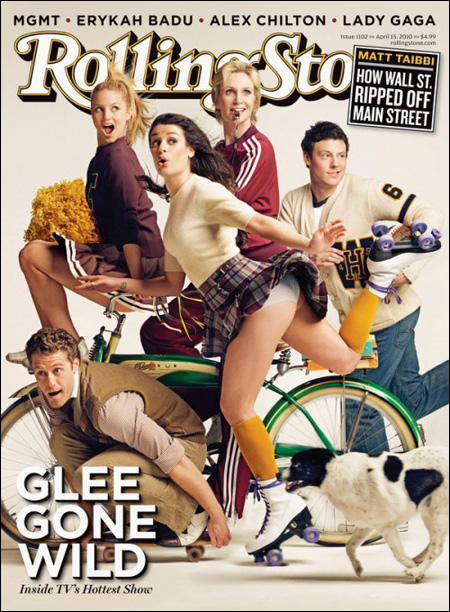After reading my recent post on how Gypsy jazz guitarist Django Reinhardt survived World War II (hint: rank-and-file Nazis loved jazz!), Dmitriy T.M. sent me a link to a fascinating account of a German jazz band, called Charlie and His Orchestra, that was put together by Joseph Goebbels, a Nazi propaganda guy.
To recap, jazz music was labeled “Neggernmusik.” Attributed (rightly) to blacks and Jews, it was considered pollution to German sensibilities. Jazz lovers, jazz musicians, and swing dancers were all sent to concentration camps.
Nevertheless, Undercover Black Man describes how Goebbels saw potential in the music and, so, “weaponized” it to “screw with British and American minds.”
Charlie and His Orchestra recorded jazz standards, but changed the lyrics to “anti-British, anti-American, anti-Communist or antisemitic messages.”
The songs were broadcast via medium-wave and short-wave radio to Great Britain and North America. It was all about taunting and demoralizing the Allies… and trash-talking Winston Churchill and F.D.R. by name.
In this clip, the Orchestra, covering Goody Goody, is accompanied by WWII photographs. The propaganda starts at 1:04:
For more, check out the Charlie and His Orchestra versions of You Can’t Stop Me From Dreaming, You’re Driving Me Crazy, and Makin’ Whoopee.
Lisa Wade, PhD is an Associate Professor at Tulane University. She is the author of American Hookup, a book about college sexual culture; a textbook about gender; and a forthcoming introductory text: Terrible Magnificent Sociology. You can follow her on Twitter and Instagram.







